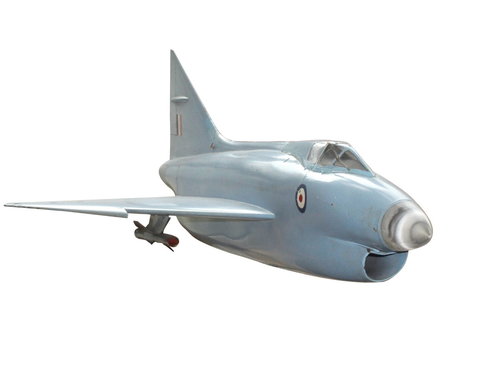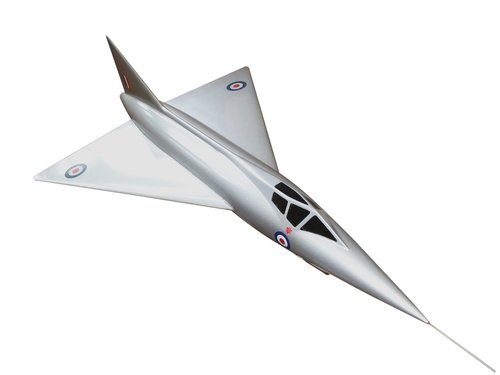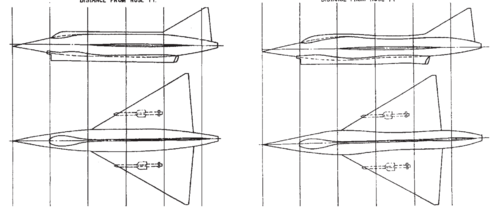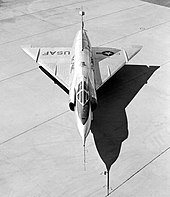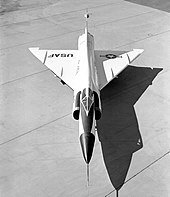- Joined
- 27 May 2008
- Messages
- 1,179
- Reaction score
- 2,485
I’ve just read Dan Sharps excellent “Cold War Interceptor” which reveals the mismanagement which resulted in the loss of the vital opportunity for U.K. Industry in the mid fifties.
One key observation was that delivering OR329 was a competition which drew proposals from the cream of British Industry but, alas railroading their proposals into a niche which rapidly became obsolete. It was notable that after down selection, there was a very last minute enquire to Faires as to If they could offer a wider appeal, smaller, and tactically suited FD3 (“A blown up FD2”). However OR329 was in such a precarious state that even pursuing such noble objective would have killed it.
In the same timeframe as OR329, a companion specification OR337 was issued for just such a tactical fighter but as far as I can tell was never competitively tendered;- it went straight to a contract for the Saro SR177. Considering that after Sandy’s 57 review, there was an effort to keep the SR177 going with an unsuccessful application for Mutual Defence Aid, I believe someone realised the magnitude of what was being lost. In reality the prefection of reheat technology made the complication associated with the rocket unappealing/unaffordable and indeed obsolete.....it had no chance.
So had it been the other way around;- OR329 going straight to contract with Fairy and OR337 a competitive process, say not requiring a combined power plant, who would have proposed what and who would have won?
With a slightly different mindset within a few people and this could have easily become a reality.
One key observation was that delivering OR329 was a competition which drew proposals from the cream of British Industry but, alas railroading their proposals into a niche which rapidly became obsolete. It was notable that after down selection, there was a very last minute enquire to Faires as to If they could offer a wider appeal, smaller, and tactically suited FD3 (“A blown up FD2”). However OR329 was in such a precarious state that even pursuing such noble objective would have killed it.
In the same timeframe as OR329, a companion specification OR337 was issued for just such a tactical fighter but as far as I can tell was never competitively tendered;- it went straight to a contract for the Saro SR177. Considering that after Sandy’s 57 review, there was an effort to keep the SR177 going with an unsuccessful application for Mutual Defence Aid, I believe someone realised the magnitude of what was being lost. In reality the prefection of reheat technology made the complication associated with the rocket unappealing/unaffordable and indeed obsolete.....it had no chance.
So had it been the other way around;- OR329 going straight to contract with Fairy and OR337 a competitive process, say not requiring a combined power plant, who would have proposed what and who would have won?
With a slightly different mindset within a few people and this could have easily become a reality.
Last edited:

